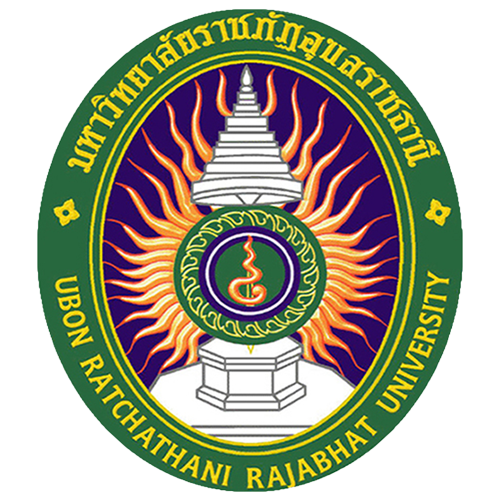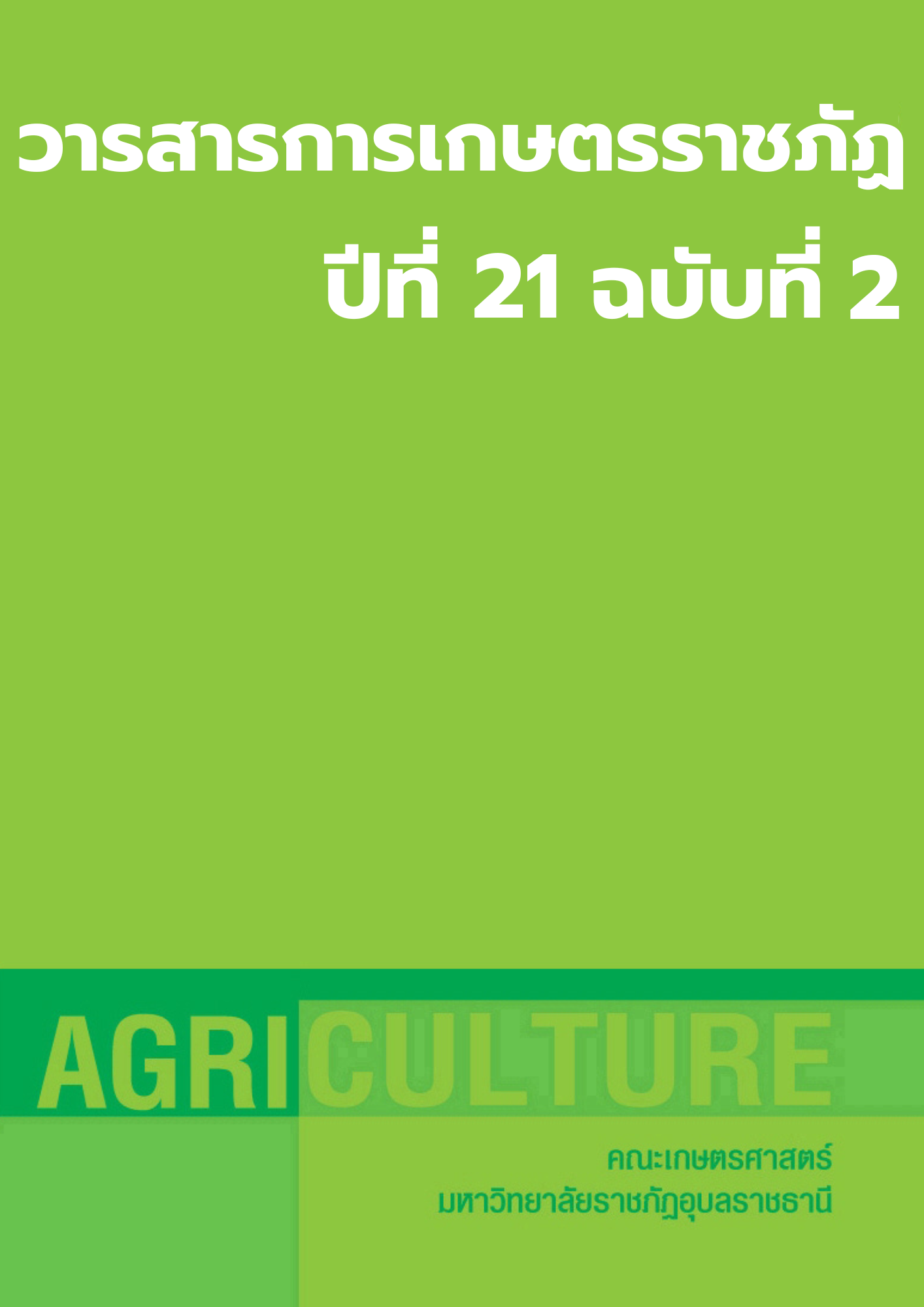Efficiency of Various Catalysts on Compost Decomposition to Reduce the Use of Farm Yard Manure to Produce Organic Fertilizer ทวีทรัพย์ ไชยรักษ์ และกัญชลิกา รัตนเชิดฉาย
Main Article Content
Abstract
This research aimed to study various catalysts on the decomposition of organic fertilizer. The experiment plan was 2 x 4 factorial with randomized complete block design. Factor A consisted of 2 plant material types i.e. water hyacinth straw and rain tree leaves. Factor B were 4 catalysts i.e. cow manure, effective microorganism (EM), Trichoderma, and Urea. Chemical properties and macronutrient contents were collected at 30 and 60 days after composting. The compost was then tested for qualities on Chinda chili. The study found that there was a decrease in pH, EC, Organic carbon, and C/N ratio at 60 days. This meant there was a better decomposition than after 30 days. However, there was no different in OM, Total N, Total P, and Total K in both time periods. Highest total N was found in rain tree leaves with Trichoderma while water hyacinth straw with Trichoderma resulted in the highest in total P. Highest total K was resulted from water hyacinth straw with Trichoderma and EM and the efficiency was better with cow manure as a catalyst. The 60 days water hyacinth straw with Trichoderma, rain tree leaves with Trichoderma, and rain tree leaves with EM composts on Chinda chili resulted in 19.50, 19.25, and 18.12 grams per pot, respectively. Therefore, Trichoderma and EM could be used to increase degradation efficiency for organic fertilizer production.


